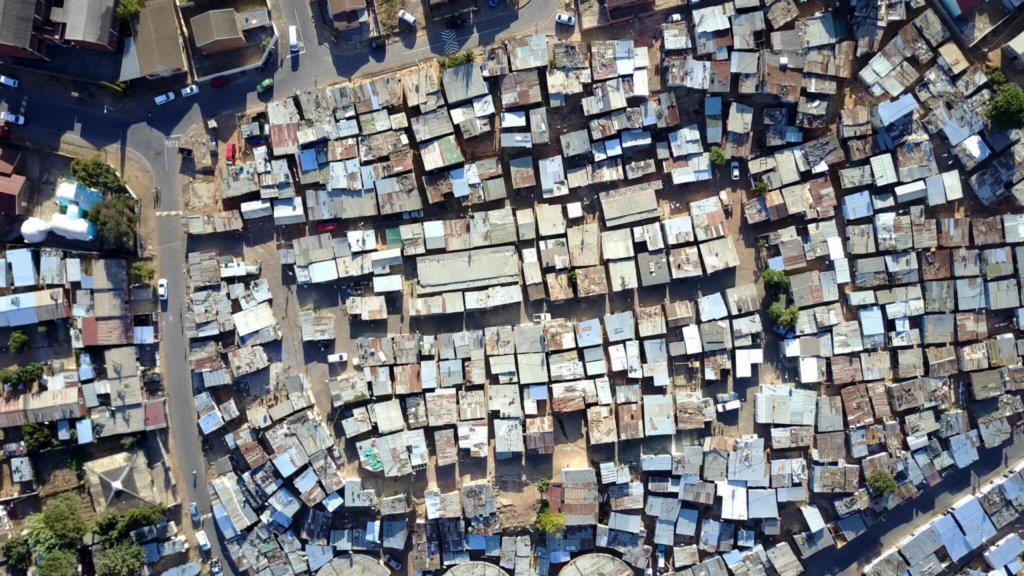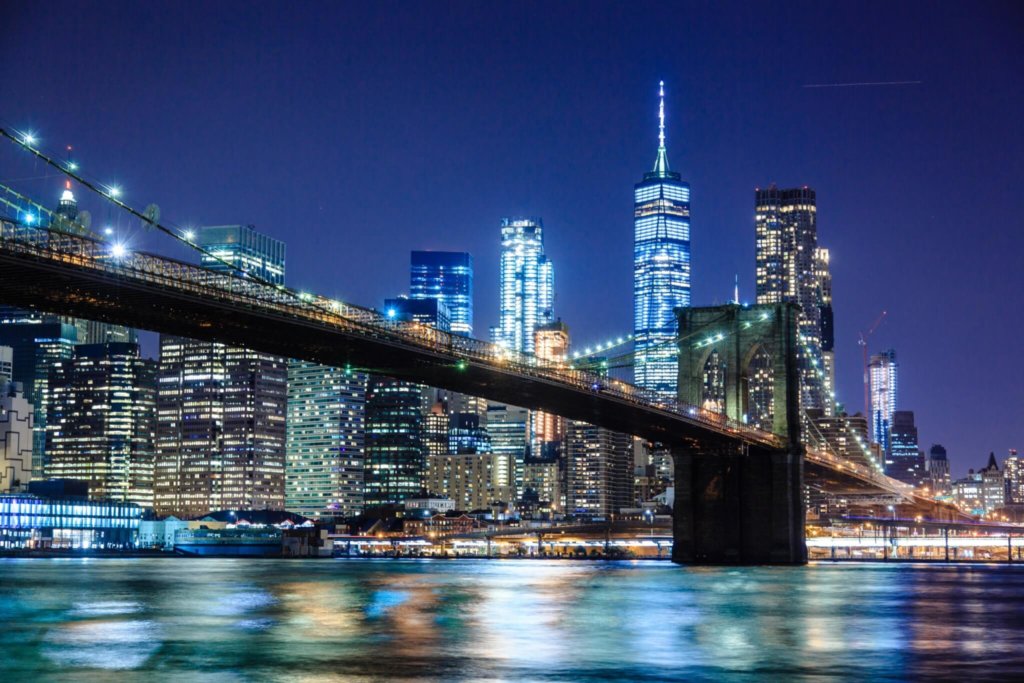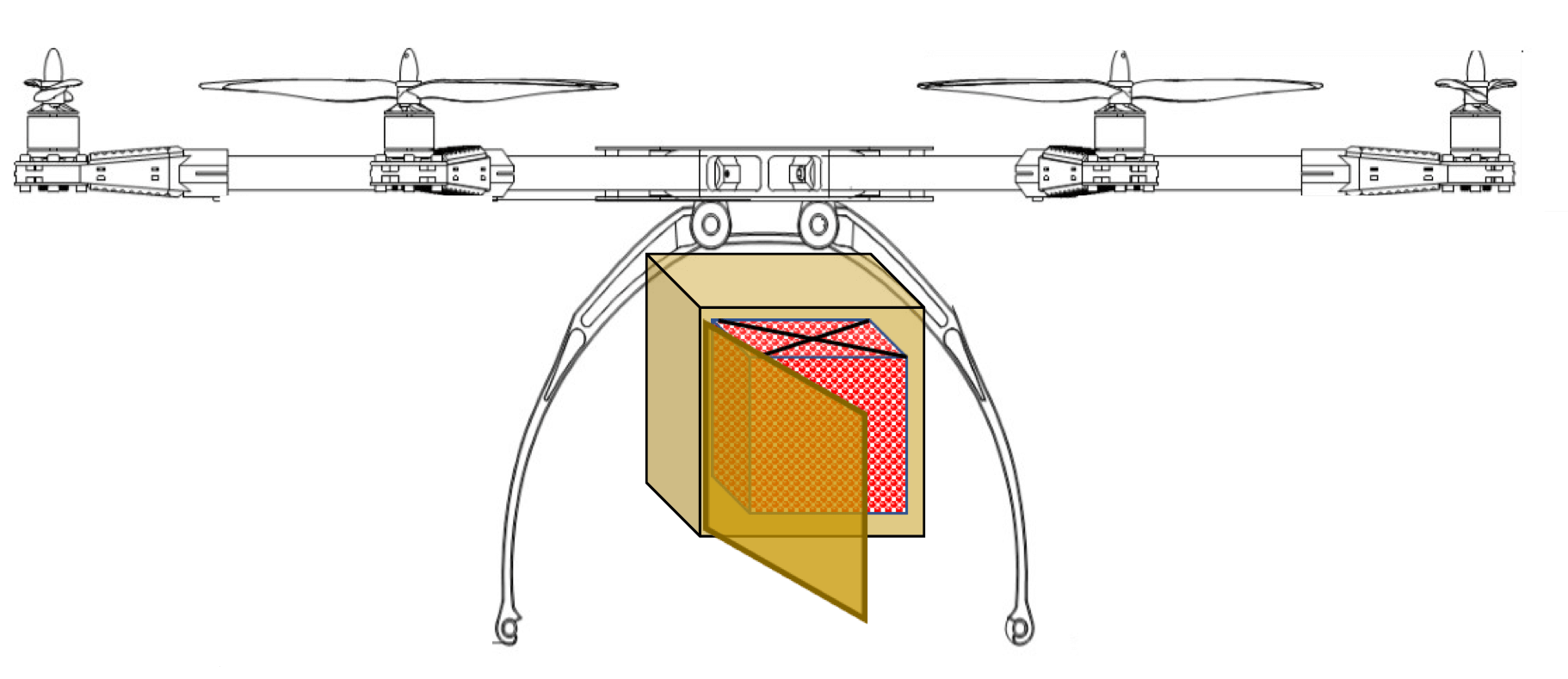Being able to see in the dark with a. drone with a night vision camera is a massive advantage. Especially when operations have to be conducted by people, and when this can be done remotely.
With the introduction of camera mounted drones most camera manufacturers have developed camera ‘cores’. These cores are basically just the working part of the camera with all the casing stripped away so that the camera can be integrated into the gimbal of the drone. This has provided significant advances for organisations needing to conduct inspection for surveillance remotely.
Growing drone security market
Security and surveillance are one of the biggest growth areas in the ever-expanding UAV sector. While it’s a relatively recent addition to enterprise toolkits in many industries, the use of drones to provide aerial assessments of activities on the ground is still one of its most prominent use cases.
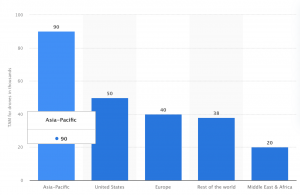
UAVs can cover vastly more terrain than slower, less mobile ground-based surveillance solutions and are smaller, cheaper, and more efficient than other forms of manned-aircraft like helicopters, and have opened a huge market in this space.
Drones are being used in a wide variety of security applications. From monitoring borders and perimeters and large area ISR operations to responding to incident alarms and conducting reconnaissance.
Key considerations for prospective enterprise drone customers
Perhaps the most important consideration for prospective enterprise drone customers is sensor package. For this one has to take into account the distribution of light energy across the electromagnetic spectrum.
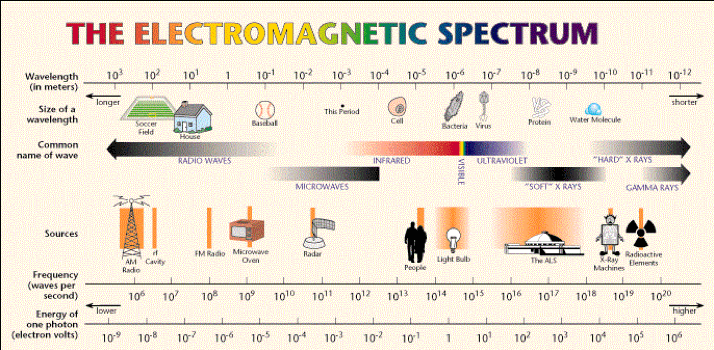
Visible light
Our eyes see reflected light. Daylight cameras, night vision devices, and the human eye all work on the same basic principle: visible light energy hits something and bounces off it, a detector then receives it and turns it into an image.
Whether an eyeball, or in a camera, these detectors must receive enough light or they can’t make an image. Obviously, there isn’t any sunlight to bounce off anything at night. So these sensors are limited to the light provided by starlight, moonlight and artificial lights and if there isn’t enough, you cannot see.
Night vision camera technologies
Night vision for drones can refer to three different technologies. Each of these allow a drone’s camera to record pictures or videos in low light or completely dark conditions. The three ways this can be achieved is by using either a low light camera, an infrared (IR) camera (with an IR light), or a thermal camera.
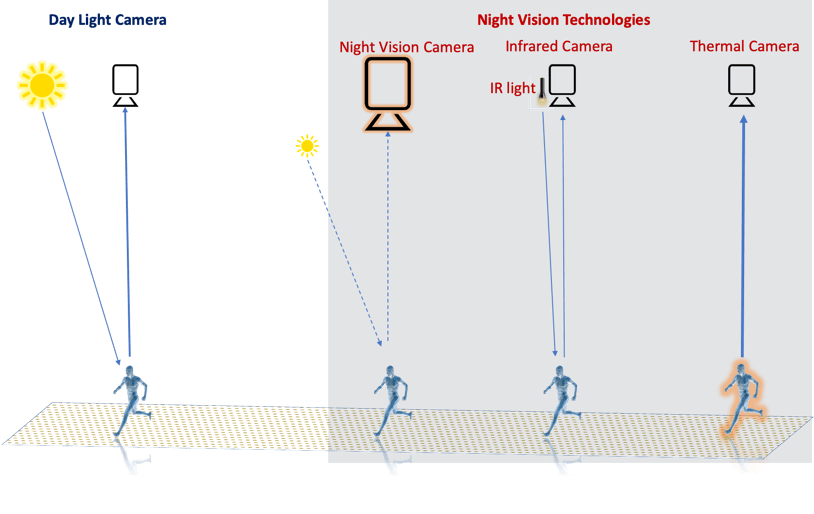
Which type of night vision you need for your drone depends on the purpose of your night time drone operations.
Low light camera
Night Vision Devices (NVGs) take in small amounts of visible light, magnify it greatly, before projecting it.
Cameras made from NVG technology have the same limitations as the naked eye. If there isn’t enough visible light available, they can’t see well. The imaging performance of anything that relies on reflected light is limited by the amount and strength of the light being reflected.
NVG and other lowlight cameras are not very useful during twilight hours. When there is too much light for them to work effectively, but not enough light for you to see with the naked eye.
Infrared (IR) Camera
An infrared (Infrared Illuminated) camera picks up infrared light which is invisible to the human eye as it has a longer wavelength than visible light.
Cameras try to generate their own reflected light by projecting a beam of near-infrared energy that their imager can see when it bounces off an object. IR cameras still rely on reflected light to make an image. So they have the same limitations as any other night vision camera which depends on reflected light energy. Short range, and poor contrast.
Thermal Imaging Cameras
Thermal imagers make pictures from heat, not visible light. Heat (also called infrared, or thermal, energy) and light are both parts of the electromagnetic spectrum, but a camera that can detect visible light won’t see thermal energy, and vice versa.
Thermal cameras detect more than just heat though; they detect tiny differences in heat and display them as shades of grey or with different colours.
Read more about thermal imaging drones here..
Everything you see in normal daily life has a heat signature. Many of the objects you could be looking for, like people, generate their own contrast because they generate their own heat.
Night vision devices have the same drawbacks that daylight and lowlight cameras do: they need enough light, and enough contrast to create usable images. Thermal cameras create their own contrast and aren’t affected by visible light, so they can give you clear pictures even when you are looking into the setting sun.
Resolutions
Cameras for thermal imaging come in various resolutions, eg: 336×256 pixels resolution which is appropriate for inspection and 640×512 pixels for wildlife management, search and rescue, and public safety. The second one provides a larger field of view. The various configuration will determine the ability to detect various objects at different ranges.
Some detection ranges for thermal cameras:
| Resolution | Lens | FOV | Detect person(ft) | Detect vehicle(ft) |
| 336 x 256 | 9mm | 350 x 270 | 1830 | 2950 |
| 640 x 512 | 19mm | 320 x 260 | 2260 | 3780 |
| 640 x 512 | 9mm | 690 x 560 | 1095 | 1730 |
The range of vision for thermal cameras compares very well with other night vision camera options. with the ability to detect objects several hundred feet away as the visibility of the image will depend on variations in thermal emissivity, rather than on any type of light source.
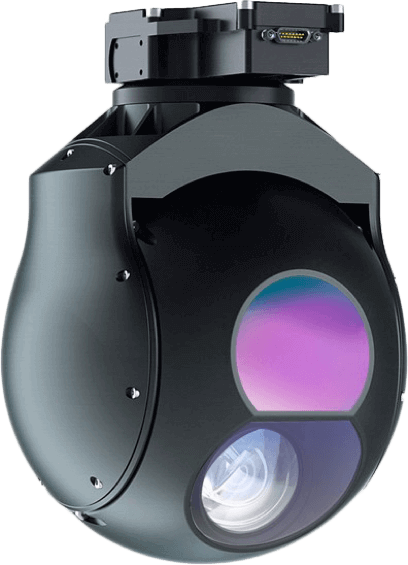
Clearly thermal cameras are not only a superior night vision camera option, it is also the best 24-hour imaging option.
Choosing a Night vision camera Drone
If surveillance and security is your main application the following should be key considerations for an ideal night vision camera drone:
- Stability
- A sophisticated gimbal that can ensure a stable video feed is vital. You don’t want your investment wasted by a blurry image.
- Endurance
- Being able to increase the range of each surveillance mission means you can cover a larger area.
- Payload capacity
- The higher specification camera you will add, the more crisp and clear footage you will get.
- Silent flight characteristics
- If detecting those who do not want to be detected the closer you can get, the better. You get more bang for your buck, or more image detail from your payload sensor.

Some applications for drones with night vision camera
Law Enforcement and Security
Law enforcement is about finding hot bodies (people) who don’t want to be found. These people will find any form of cover, including dark, to evade detection. Thermal imaging drones are the perfect antidote.
Search and Rescue
Finding the thermal signature of a distressed human in a deep forest at night is critical. It can be the difference between life and death.
The thermal drones are also proving useful in the firefighting. They can be sued to guide the firefighters to recognize the hot and cold spots.
Industrial Inspection
Defects in industrial plants are often characterised by changes in heat signatures. This makes drones with thermal cameras a key element in effective industrial inspection operations.
Wildlife Management
Thermal drones are very useful in wildlife observation and management. While mostly used for game counting, night vision drones can detect predators, vermin or suspicious persons.


